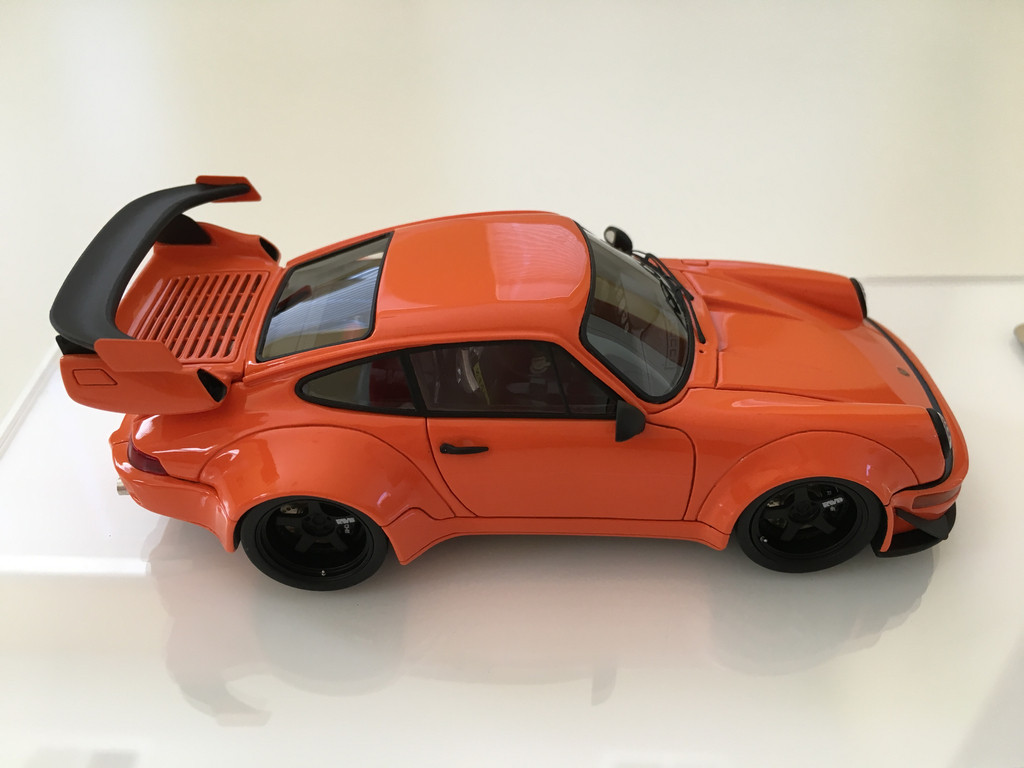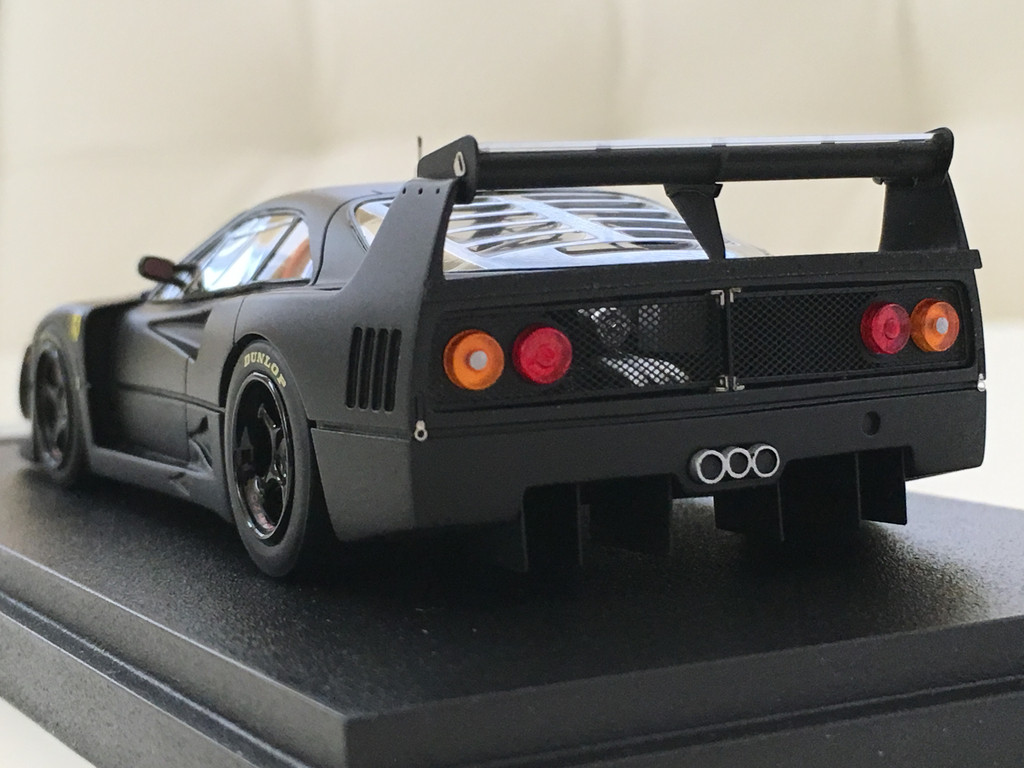

If you have any queries in setting up the CDN for your WordPress website then feel free to ask in the comment section below. I hope you found this tutorial useful in setting up Cloudflare if you did then must share it with others. There are other premium CDN providers available like Bunn圜DN and MaxCDN, you can try them if you have budget to invest on CDN. After turning off these optimizations, CSS and JavaScript started loading again (after purging the cache). CloudFlare's 'auto-minification' changes, causing the hash check to fail.

Because there's an integrity hash on these files, they fail to load when modified. This is all how you can setup Cloudflare CDN for your website and increase your loading speed. CloudFlare presents these options and I didn't think twice about turning them on. Just as with Jetpack, Swarmify only works on your images, though. Swarmify is a free CDN service with a dedicated WordPress plugin to make implementation easy. You’re done! Your images will now be served dynamically from the global cloud.In your WordPress dashboard, go to Jetpack → Settings → Writing, and in the media section toggle on the option for “ Speed up images and photos“.That means less load on your host and faster images for your readers. Jetpack is all in one plugin for WordPress, Jetpack also has free CDN service know as Jetpack Photon, This is an image acceleration and editing service for sites hosted on or on Jetpack-connected WordPress sites. It is not free forever but they are offering first year trial that you can use. Let’s take a look at the few best free CDN provider names: Amazon CloudFrontĪmazon CloudFront is a global content delivery network (CDN) service that securely delivers data, videos, applications, and APIs to your viewers with low latency and high transfer speeds. There are many other Cloudflare alternatives available which you can use instead of Cloudflare for CDN if you are not happy with the Cloudflare services. If you don’t know How to Install a WordPress Plugin? then Read it. You can download CloudFlare WordPress plugin by clicking here. You need to copy your API key from the CloudFlare in order to connect start plugin. This is only for the users who have a CloudFlare account and successfully added their website, as shown in above steps. Once enabled, Cloudflare's Auto Minify will minify your HTML and your cached CSS and JS files. And yes I have caching plugins installed which minify but the woocommerce stores have some pages that are excluded from caching and this does seem to include exclusion from minification of even the HTML.Cloudflare has a plugin for the WordPress users, this can help you to monitors your users IP and help you to protect your website from the spammers. The whole site minification looks to be of a greater benefit. Should I disable the Railgun and go back to using their nameservers for the minification benefit? I think that actually Railgun isn't worth it for my websites, because they aren't being updated dynamically that often - small woocommerce stores, a coppermine gallery and blogs.

I guess, the minification service really only works when you are using the Cloudflare nameservers? Is there something else that I'm missing? The information on both sites is kind of vague on what is working and when. So, I'm using A2hosting which give Railgun for free but you have to setup your DNS records with a CNAME configuration from their cPanel, use the A2hosting nameservers and use their Cloudflare app.īefore that I was using the nameservers which Cloudflare game me. I'm not even sure if this is the right place for this question. Then it got me by reading something remotely connected to my problem somewhere around here or serverfault/stackoverflow that it's related to the Railgun configuration.

First I thought it was related to caching. I have burned the last two days wondering why the minification from Cloudflare doesn't work and what is happening.


 0 kommentar(er)
0 kommentar(er)
